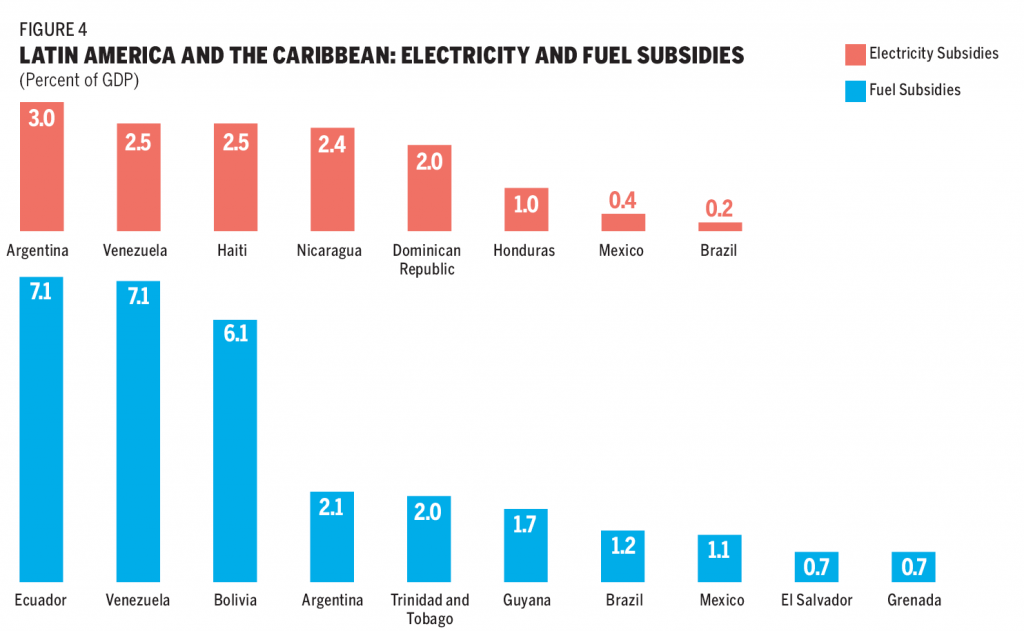

And the top 600-the City 600-will generate 60 percent of global GDP growth during this period.

The top 100 cities ranked by their contribution to global GDP growth in the next 15 years-we call this group the City 100-will contribute just over 35 percent of GDP growth to 2025.

To help companies find growth opportunities and policymakers to manage the increasing complexity of larger cities more effectively, MGI has built on its extensive research on the urbanization of China, India, and Latin America to develop Cityscope, a database on more than 2,000 metropolitan areas around the world, the largest of its kind.Ĭompanies looking for cities that will generate the most GDP growth will find another different list of potential urban hot spots. By 2025, 136 new cities are expected to enter the top 600, all of them from the developing world and overwhelmingly-100 new cities-from China. The 220 largest cities in developing-regions contributed another 10 percent.īut by 2025, one-third of these developed-market cities will no longer make the top 600 and one out of every 20 cities in emerging-markets is likely to see its rank drop out of the top 600. Half of global GDP in 2007 came from 380 cities in developed-regions, with more than 20 percent of global GDP coming from 190 North American cities alone. Today, major urban areas in developed-regions are, without doubt, economic giants. Over the next 15 years, the center of gravity of the urban world will move south and, even more decisively, east. While 600 cities will continue to account for the same share of global GDP in 2025, this group of 600 will have a very different membership. Today only 600 urban centers generate about 60 percent of global GDP. The region could grow old before it becomes rich.The urban world is shifting. The region has only a narrow window of demographic opportunityóby the second half of this century, the region will see dependency ratios rising. Action to reform and develop not only these cities but rapidly growing medium-sized cities is urgent if Latin America is to create the more productive jobs in the formal economy to meet the aspirations of todayís young workforce. Many of the largest cities are grappling with traffic gridlock, housing shortages, and pollution, all symptoms of diseconomies of scale. This new research, conducted by the McKinsey Global Institute, finds that cities will be critical to the regionís economic performance, but Latin America has already reaped the easy gains from urbanization. The regionís 198 large cities (with 200,000 or more inhabitants) together contribute over 60 percent of GDP today the ten largest cities alone generate half of that output. Description: Latin America is the most urbanized region in the developing world.


 0 kommentar(er)
0 kommentar(er)
